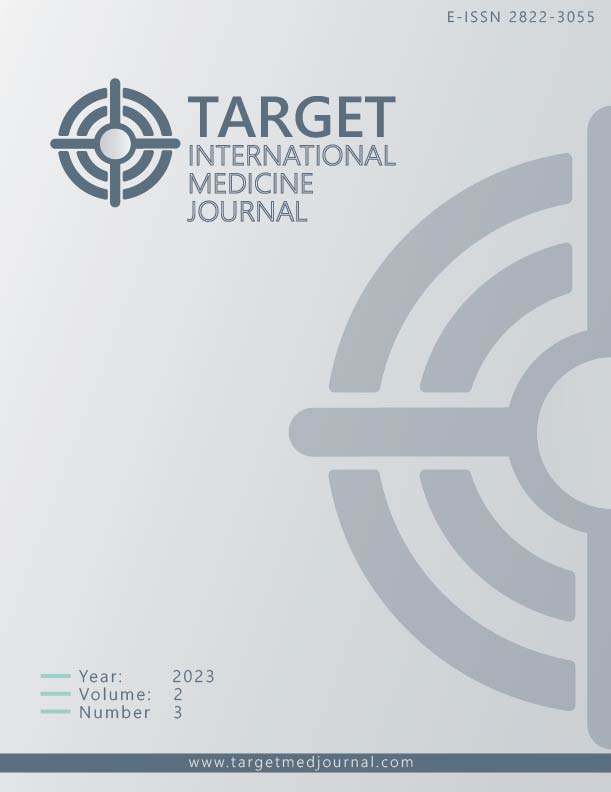Evaluation of the Knowledge Attitudes and Behaviors of Mothers with 0-6 Age Group Children on Domestic Accidents and Methods of Protection
Author :
Abstract
Keywords
Abstract
Aim: Home accidents aged 0-6 are among the leading causes of global public health problems. Childhood and development processes vary according to age, gender, family structure, education and the economy and cultural values of the society. This situation increases the diversity and consequences of these accidents globally. In this study, it was aimed to evaluate the level of knowledge of mothers with 0-6 age group children about knowing their children's home accidents and ways to protect them from these accidents.
Materials and Methods: 127 volunteer mothers were included in our cross-sectional, descriptive study. In the study, mothers' sociodemographic data, information about home accidents, children's home accidents, gender, number, number of children, and type of home accident were evaluated. Local ethics committee approval was obtained for our study.
Results: The mean age of the mothers participating in the study was 31.3±6.054. While 80.3% (n=102) were nuclear families, 19.7% (n=25) were from extended families. 29.9% (n=38) of the mothers were university graduates and 23.6% (n=30) were secondary school graduates. When the income status of the family was questioned, 80 people (63%) stated that their income was equal to their expenses, while 34 people (26.8%) stated that their income was more than their expenses. 57 of the participants (44.9%) had two children at home. The number of mothers with one child and mothers with 3 or more children were equal (n=35, 27.6%). 68.5% of the children (n=87) did not have their own room at home. 31% (n:40) of the mothers had a home accident and the most common home accident was burns with 27.5% (n=11). As a security measure in the houses, there was a window lock with the highest rate of 23% (n=47). Home accidents were mostly encountered by boys. There was no significant difference between safety measures, number of children at home, mother's education, employment, child care, separate nursery, mother's age and home accident (p>0.05).
Conclusion: Preventive medicine practices of family physicians are among their primary duties. Comparison of home accidents according to sociodemographic characteristics of mothers can be interpreted differently by being affected by socioeconomic and sociocultural dimensions of societies. For this reason, it is necessary to analyze this situation with studies with wide participation and to create a continuous awareness situation by periodically organizing trainings for adult individuals who are responsible for caring for a child, especially mothers.
